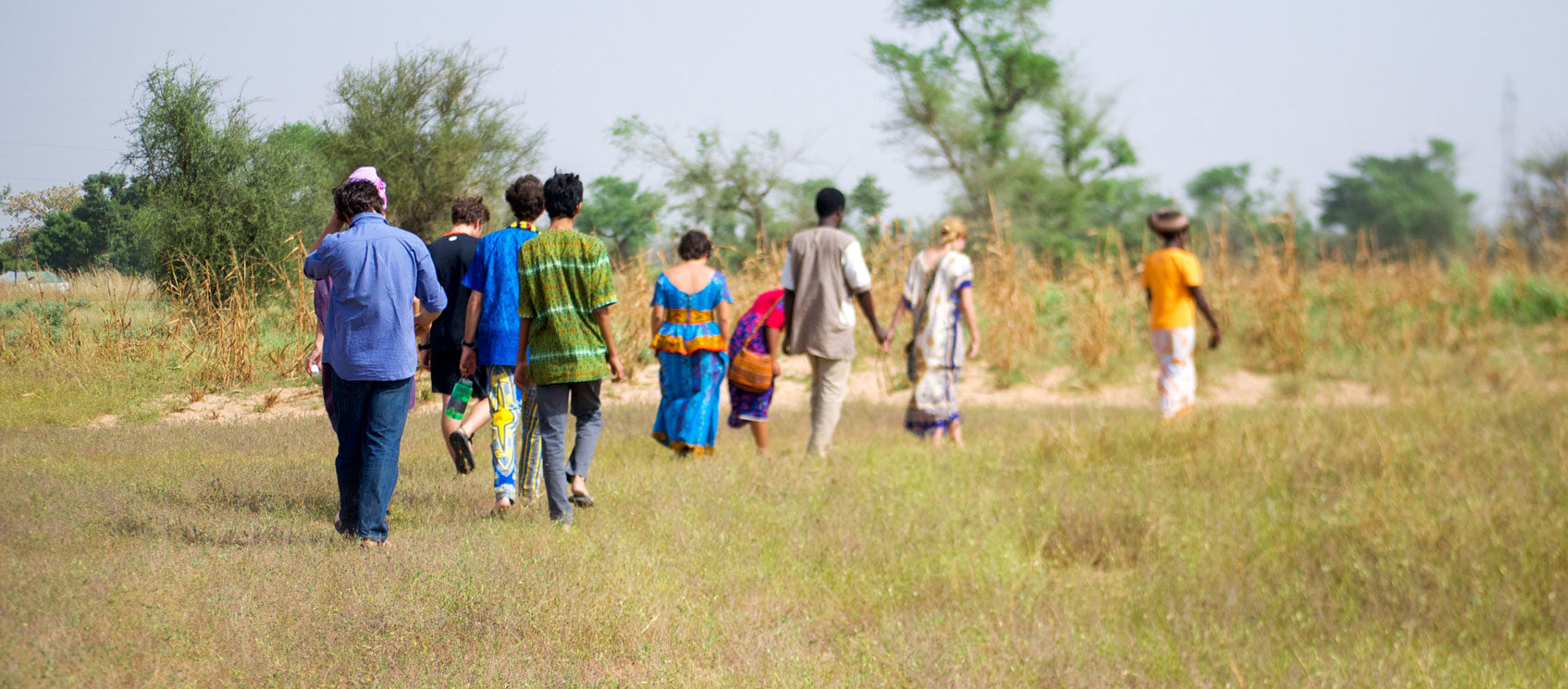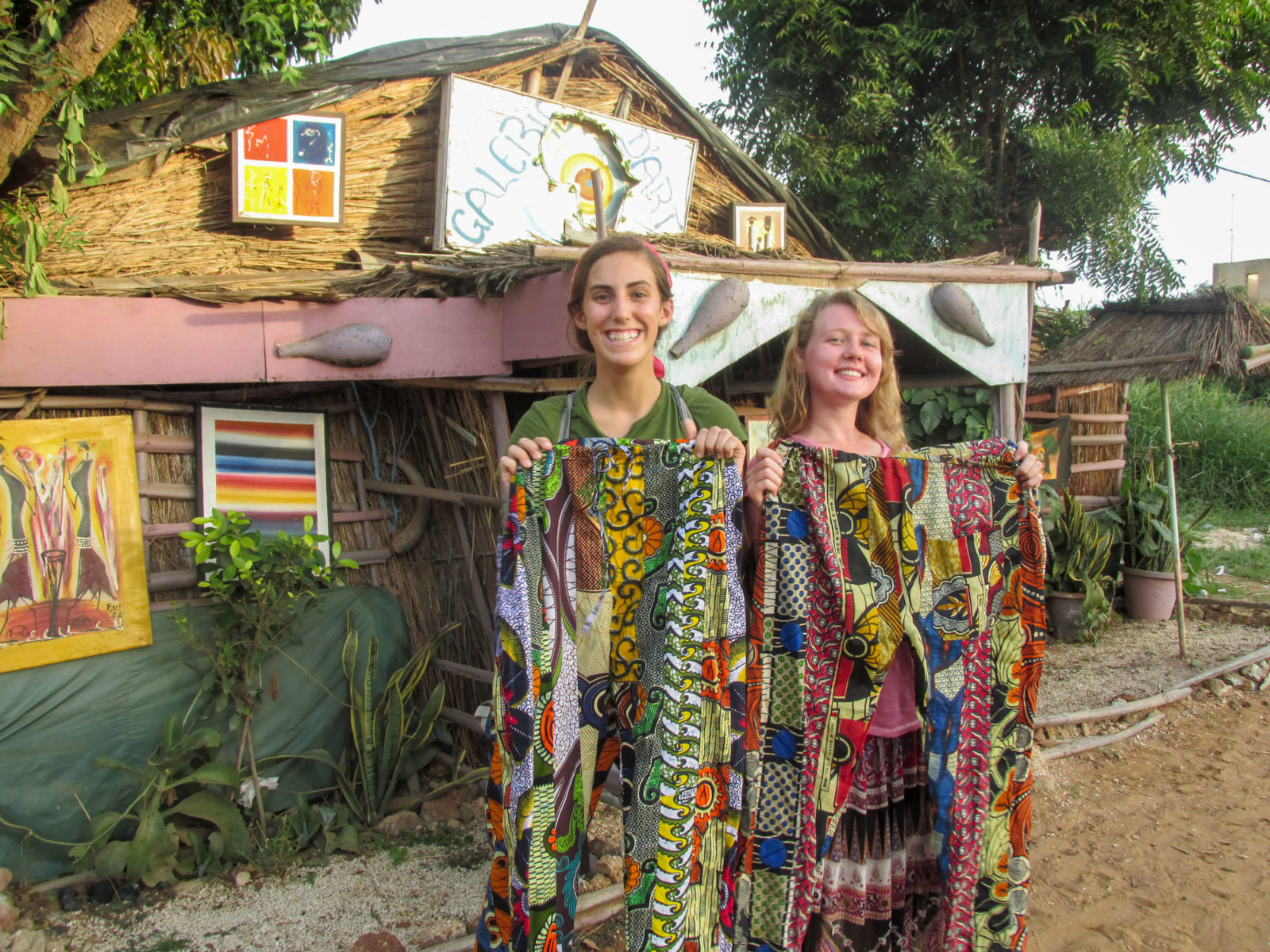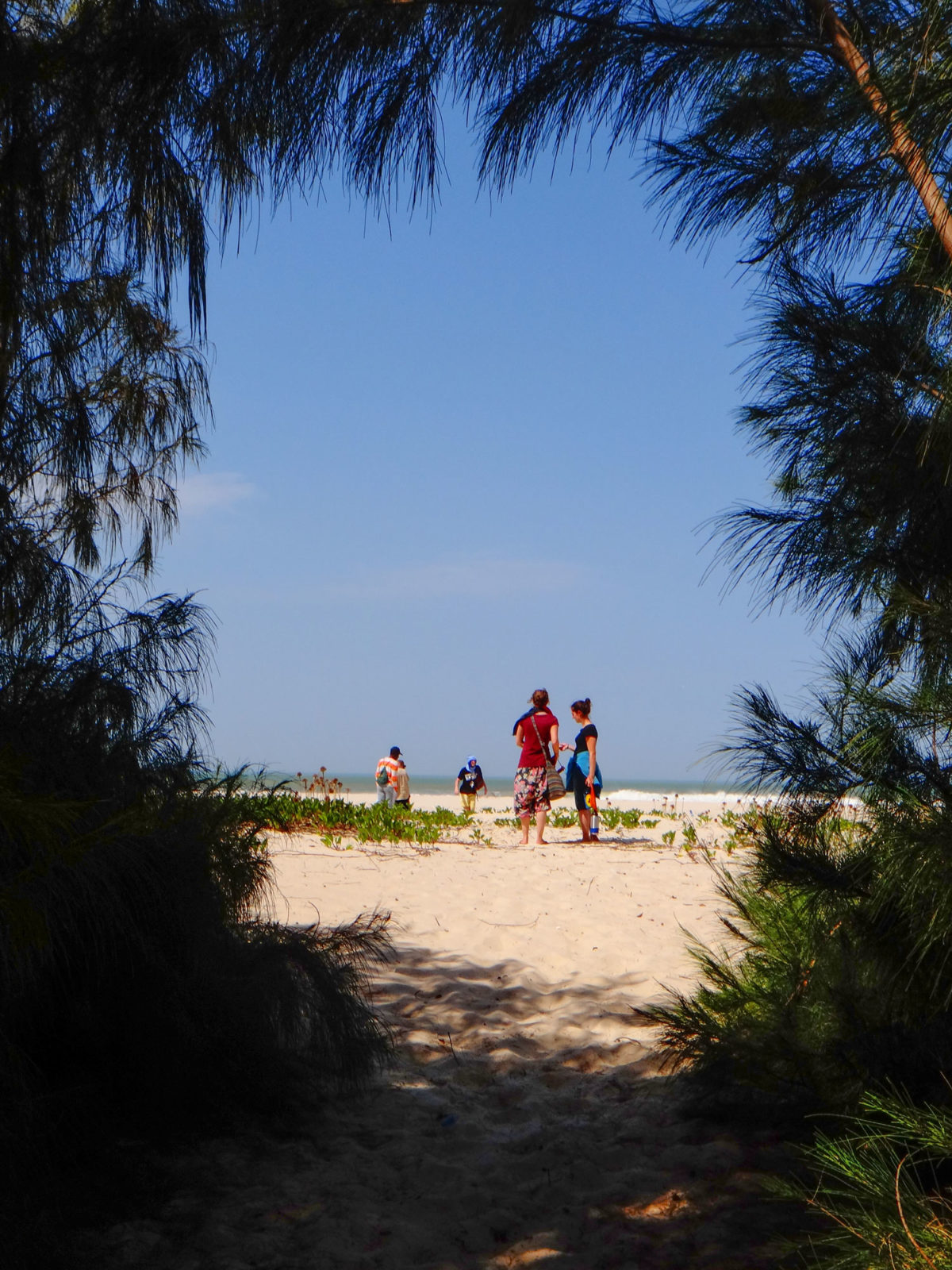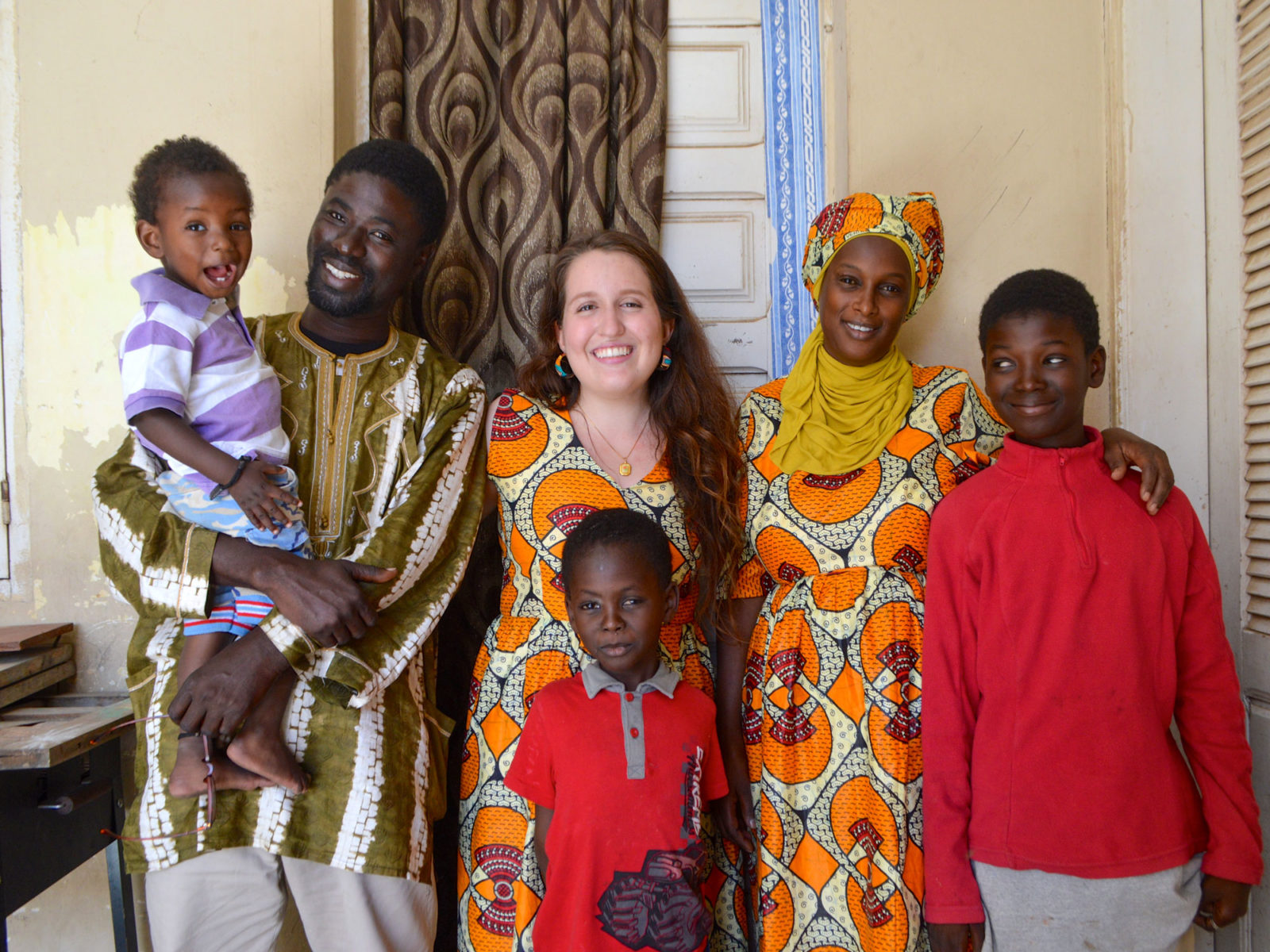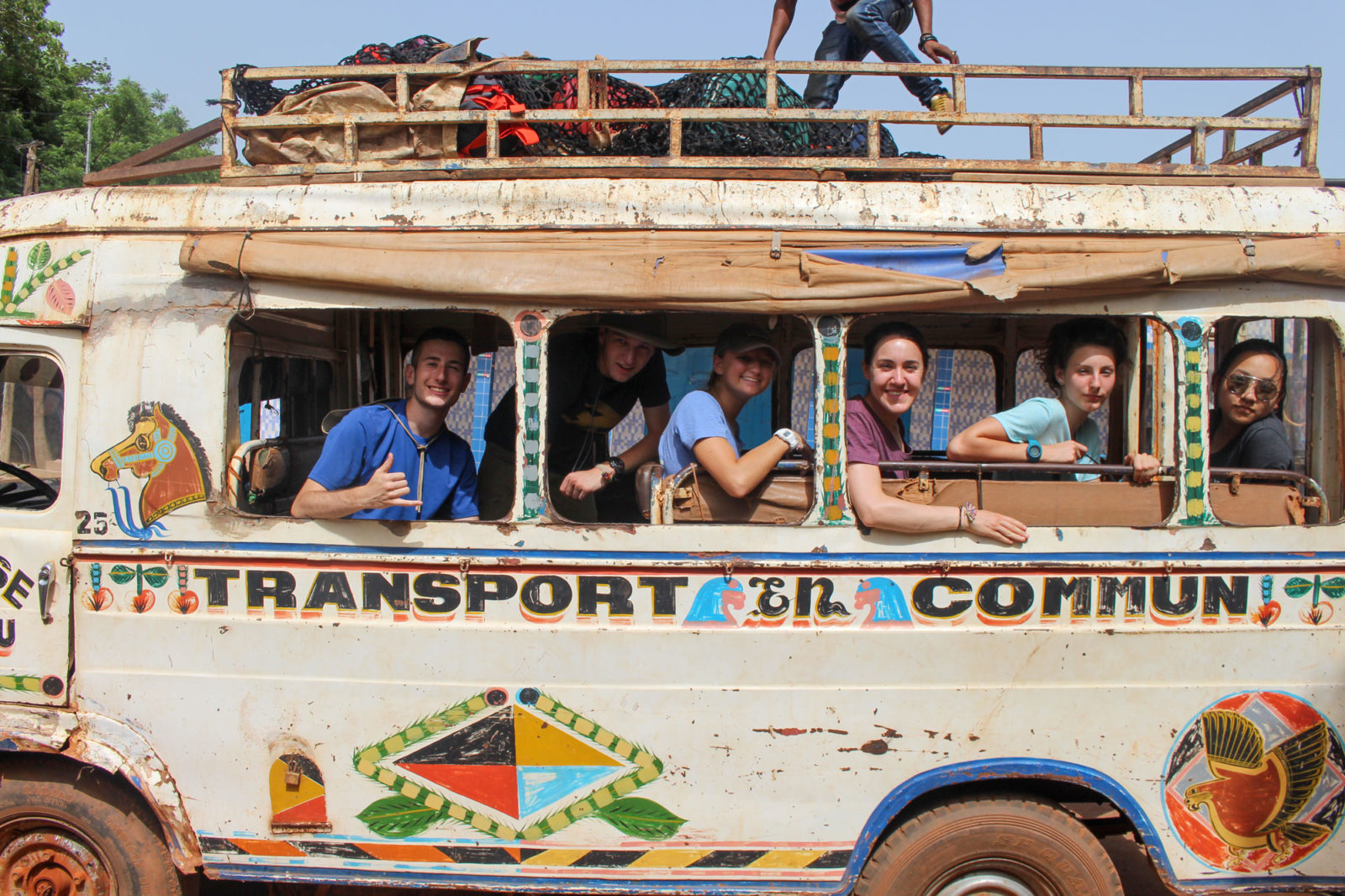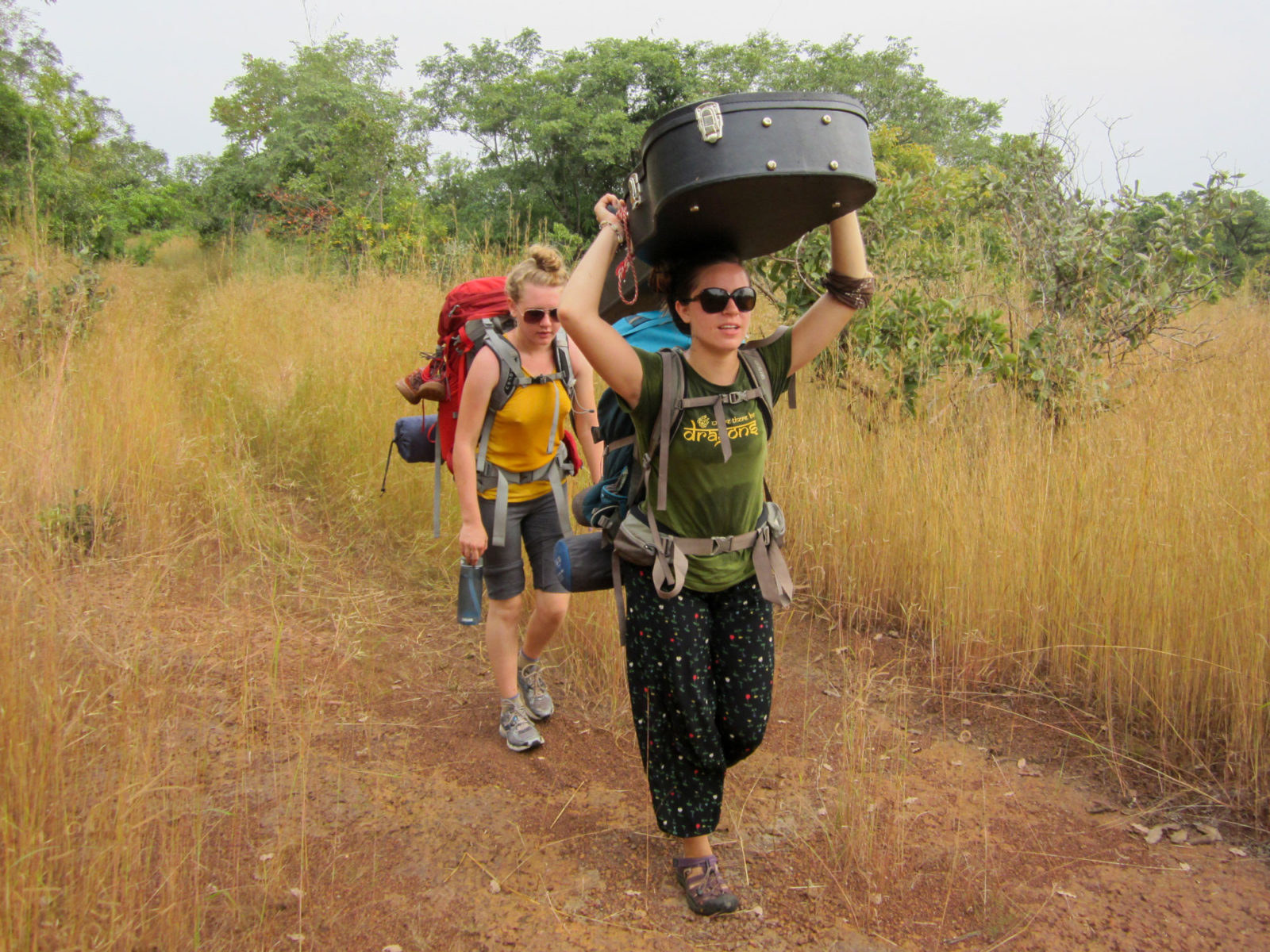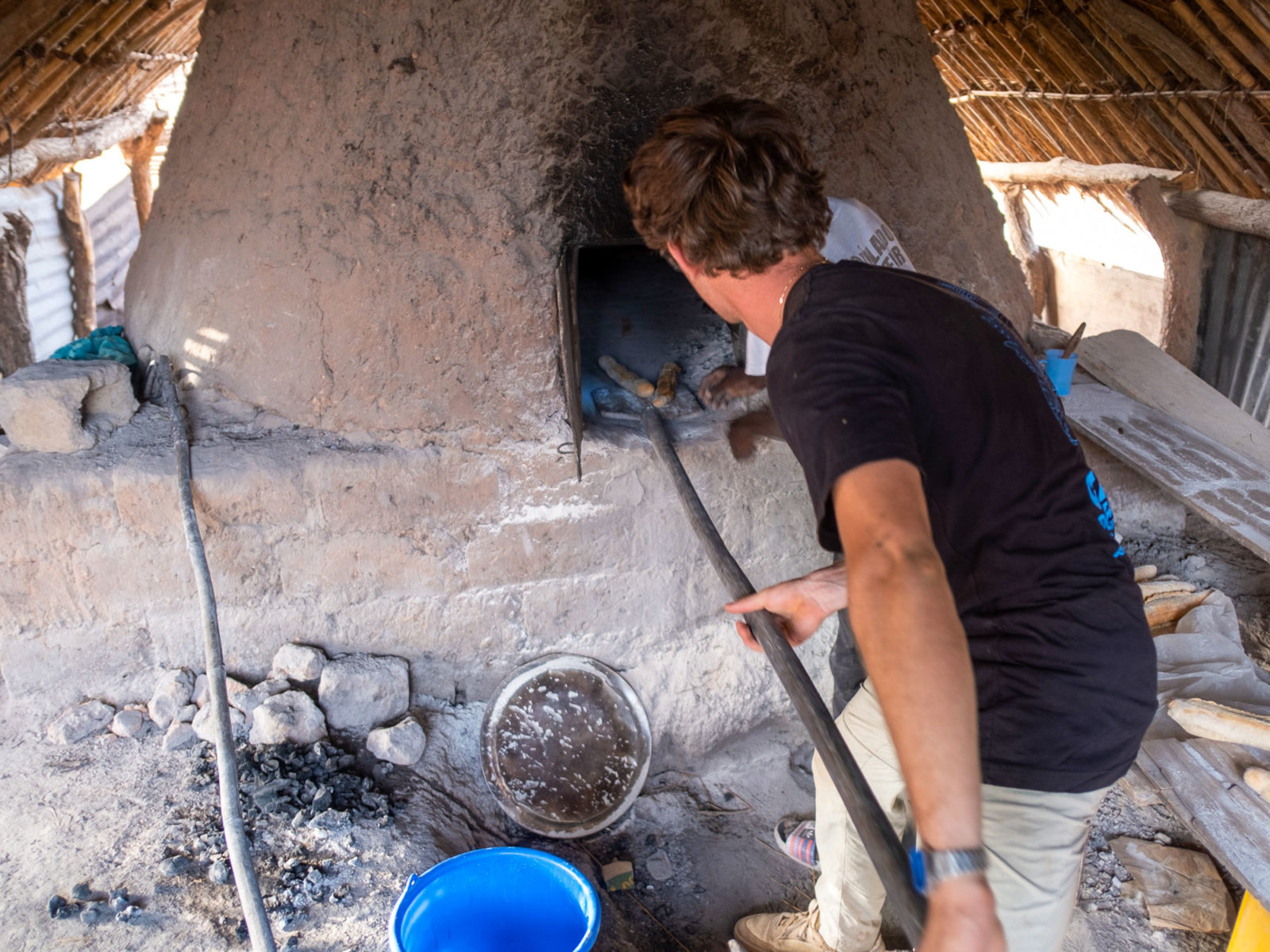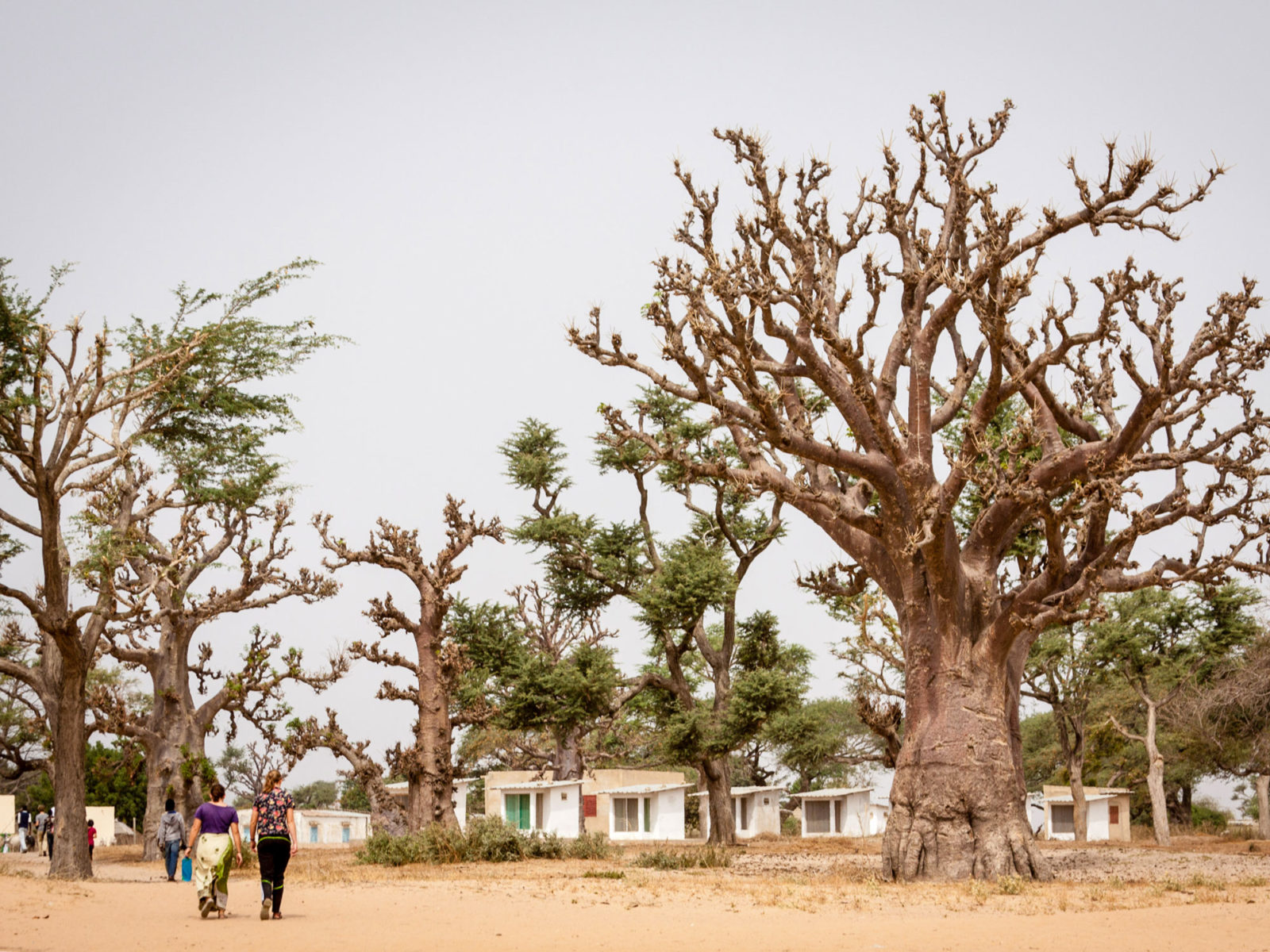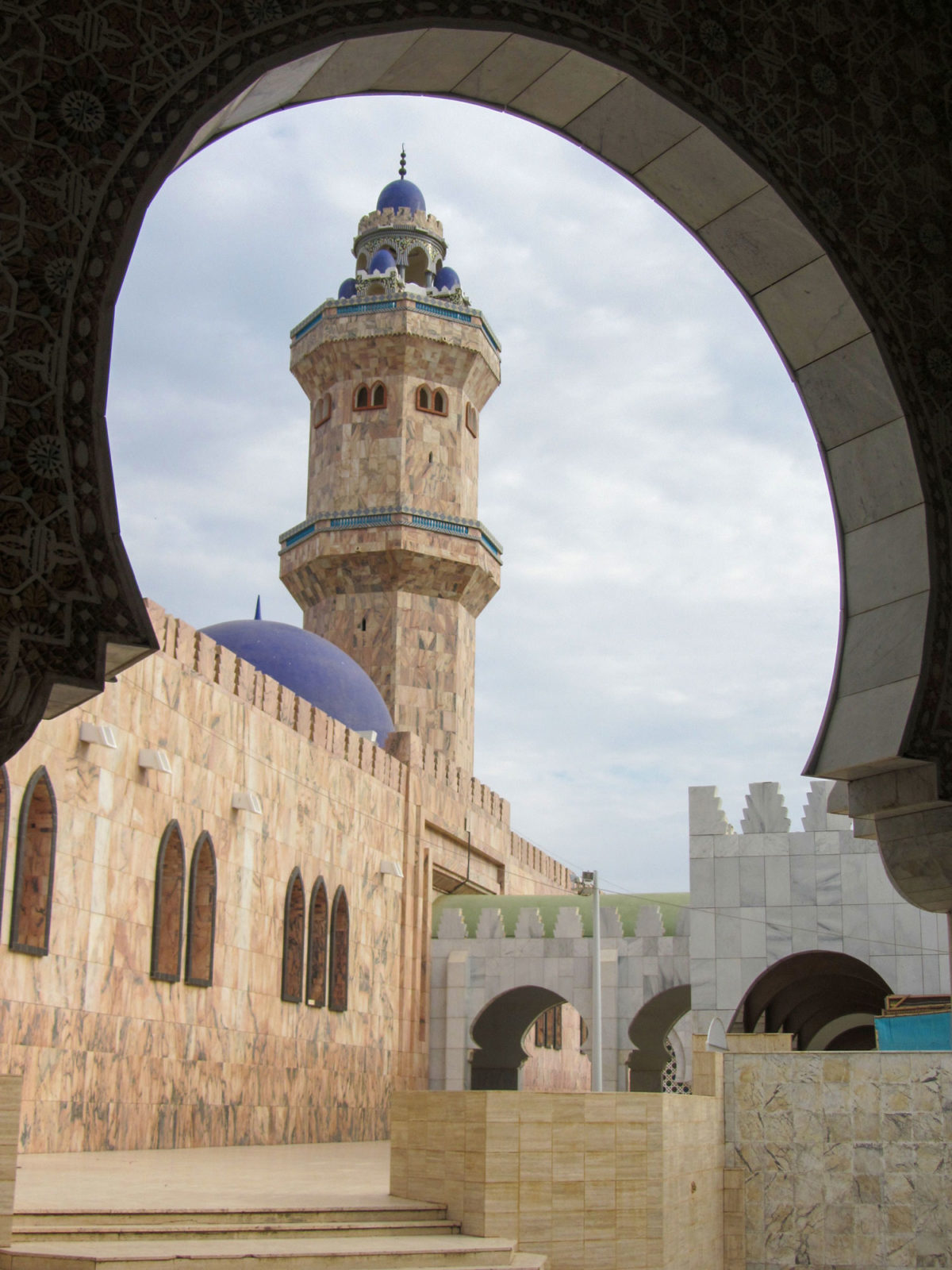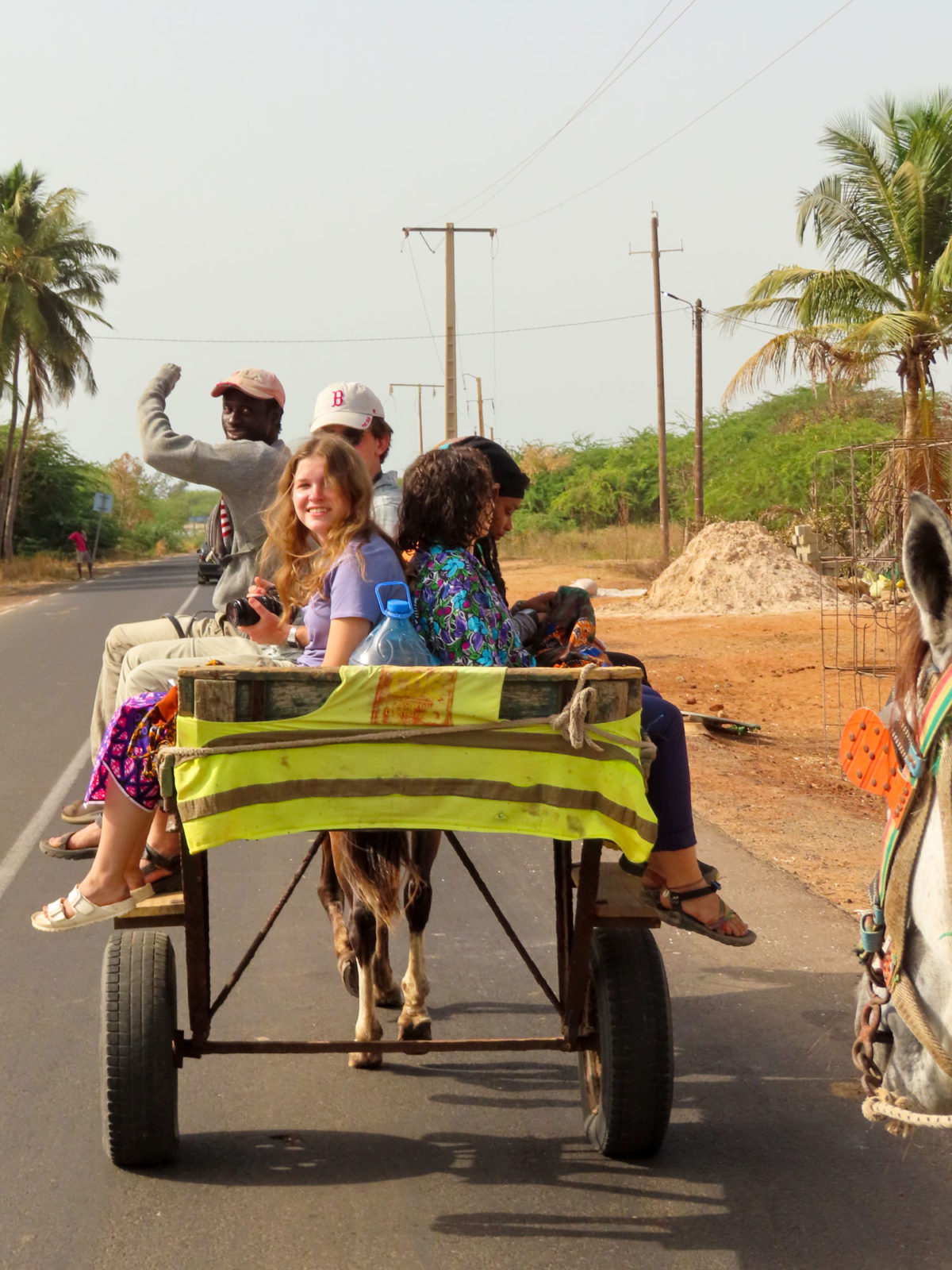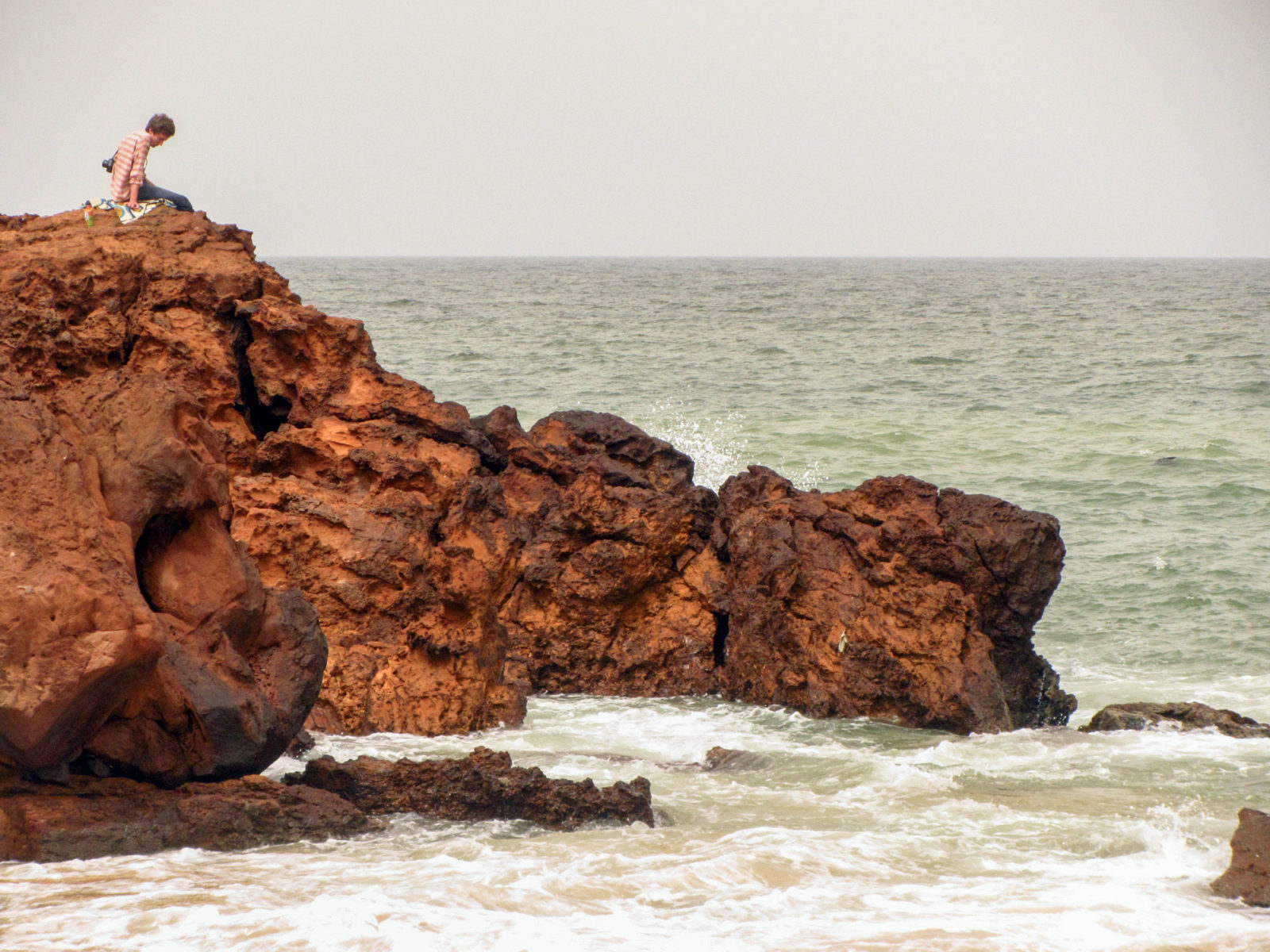Senegal: Rhythms of West Africa (4-Week Sample Itinerary)
-
WEEK 1
Arriving early in the morning in Senegal we check into our guesthouse and rest in the neighborhood of Yoff. On our first day in country, we spend some time getting to know one another, exploring the neighborhood, and beginning to learn about Senegalese language, culture, and more. The next morning, we have our first taste of Senegalese transportation, loading into local vehicles and traveling to Dene, a Sufi community close to Dakar, for our orientation. -
On the sandy shores of the nearby beaches and in the shade of the local pine trees, we begin to learn about one another, connect as a team, and explore Senegalese culture, religion, and history. In Dene, we begin our in-depth study of comparative religion as we join our Sufi friends under the stars in dance, song, poetry, and prayer. We also practice new Wolof greetings, and to learn how to take care of our bodies and minds as we travel through this new and exciting country.
-
Leaving Dene, we travel to the town of Thies which offers us our first glimpse into Senegalese homestays. These short urban homestays offer us the opportunity to connect with our first Senegalese family, embracing a new cuisine, a new language, and a new pace of life. While in Thies, we begin to learn about Senegalese history and politics, gender roles, educational systems, and more from local guest speakers, helping us develop the context and framework through which to understand the rest of our experiences across the country. In Thies, we also do some individual work for our Independent Study Project.
-
WEEK 2
We then travel to Kédougou, a bustling town at the borderlands of Guinea and Mali and site of a modern-day gold rush. In Kedougou, we learn about how an explosion of gold mining has impacted the environment, economy, and public health of the region. Through conversations with migrant gold miners and others who have flocked to Kedougou in search of work, we begin to better understand what drives people out of their rural communities, and the challenges they face upon arriving in the city. -
The next morning, we head southeast to the lush hills of Kedougou, where we trek from village to village among the rolling hills and golden plains of this region. We practice our basic Pulaar phrases along the way with Pulaar, Bédik, and Bassari people. Along the way, we visit a traditional Bedick village and learn about animist belief systems as we immerse ourselves Senegal’s lush and diverse landscape. We visit local waterfalls, and may even have the chance to visit the Jane Goodall Institute in Dindefelo, our final destination, to learn more about the conflicts between changing agricultural practices and chimpanzee conservation projects.
-
WEEK 3
Traveling west from Kedougou, we enter the flat green plains of Kolda, home to vibrant Pulaar communities of rice, peanut, and dairy farmers. Here, we settle into our rural homestay in the village of Temanto Samba. Here, the pace of life slows down as we live alongside our host families in a small farming village. We learn about a way of life that is in touch with the land as we stay in huts built from natural materials, help our families harvest and process their own food, and spend the evenings practicing our Pulaar language skills with our new friends. -
Village life brings with it the opportunities to experience village markets, visit a local fortuneteller, observe activities such as fishing and beekeeping, bake local bread, and learn more about the challenges of rural development. As we learn about life without electricity or running water, we see how people can prosper with non-monetary wealth and resources. As we move into the final weeks of our travels together, students begin to plan the lessons and activities that we participate in as a group.
-
WEEK 4
The Expedition Phase of our trip takes place as we return north from Kolda. Students work as a team to organize transportation, food, and lodging from Kolda to Ndem, and to plan engaging and powerful activities when we arrive in Ndem. Ndem is a community organized around service, agriculture, and traditional arts and crafts, and in Ndem the student group may choose to organize participation in agricultural projects, traditional music lessons, batik-dying workshops, and more. -
We conclude our travels together on the fabulous cliff-side beaches of Toubab Dialaw. During this Transference Phase of our course, we reflect on our experiences together and process what we have learned in Senegal, from new languages to new insights into the beautiful and complex world around us and into ourselves. We come together as a community to celebrate our final days together, and prepare to take home our new passions, new skills, new friends, and a love of this unique, vibrant, and dynamic place. We then return to Dakar, where we each go our separate ways, embarking home with fascinating stories about our adventures to tell and new friends to keep in contact with until the next time we take a giant leap outside our comfort zones to become familiar with the unknown.

